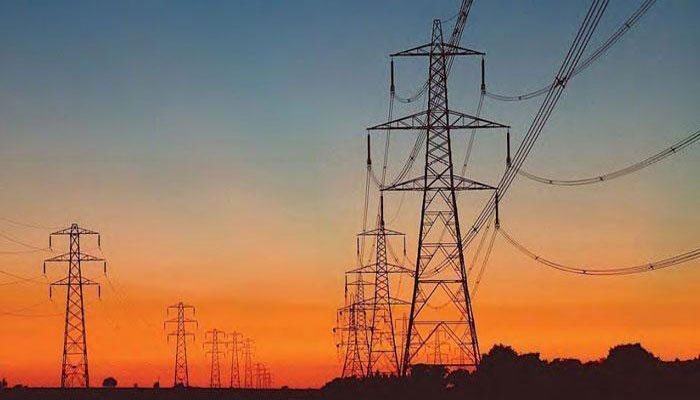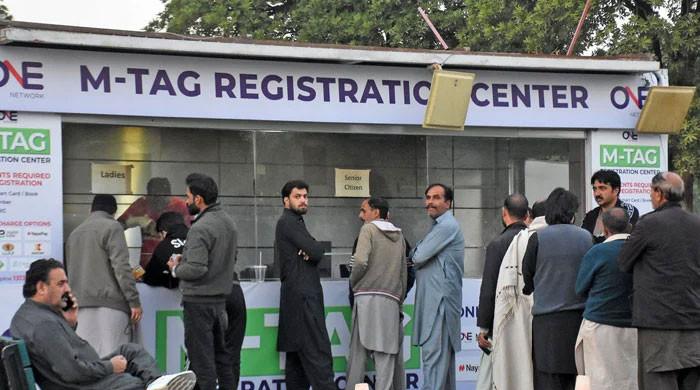Why did Pakistan experience a blackout?
A report on the recent power blackout in the country has been submitted to the Power Division
January 12, 2021

- Country faced power outage after two 500 KV circuits tripped on Guddu-Shikarpur transmission line
- The 500 KV Guddu-Muzaffargarh and Guddu-Dera Ghazi Khan transmission lines also tripped, causing the entire power system to shut down
- The frequency of the system was 49.85 and it was generating a total of 10,311 MW of electricity before the blackout
ISLAMABAD: A report outlining the reasons for the recent electricity blackout in the country has been submitted to the Power Division.
According to Geo News, the report was submitted by the National Power Control Centre, stating that on January 9 at 11:41 pm, the 500 KV Guddu-Shikarpur transmission line's circuits 1 and 2 tripped. As a result, the 500 KV Guddu-Muzaffargarh and Guddu-Dera Ghazi Khan transmission lines also tripped, causing the entire power system to shut down.
Read more: Failure of load safeguard system led to Pakistan power outage, say experts
Per the report, before the blackout, the frequency of the system was 49.85 and it was generating a total of 10,311 MW of electricity, of which 1,257 MW was being generated from water, 983 MW was generated through the government's thermal power plants, while 8,070 MW of electricity was coming from independent power producers (IPPs).
The report added that the restoration process of the system started from Tarbela, Mangla, and Warsak powerhouses but the system continued tripping due to high frequency fluctuations. To stabilise the system, Tarbela and Mangla were interlinked.
Read more: 'Blackout': Massive power outage in Pakistan as several cities plunge into darkness
Power was restored across all the country by 7:40pm on January 10, the report said, adding that the National Transmission and Despatch Company (NTDC)'s network was connected to K-Electric at 6:44pm on the same day.









